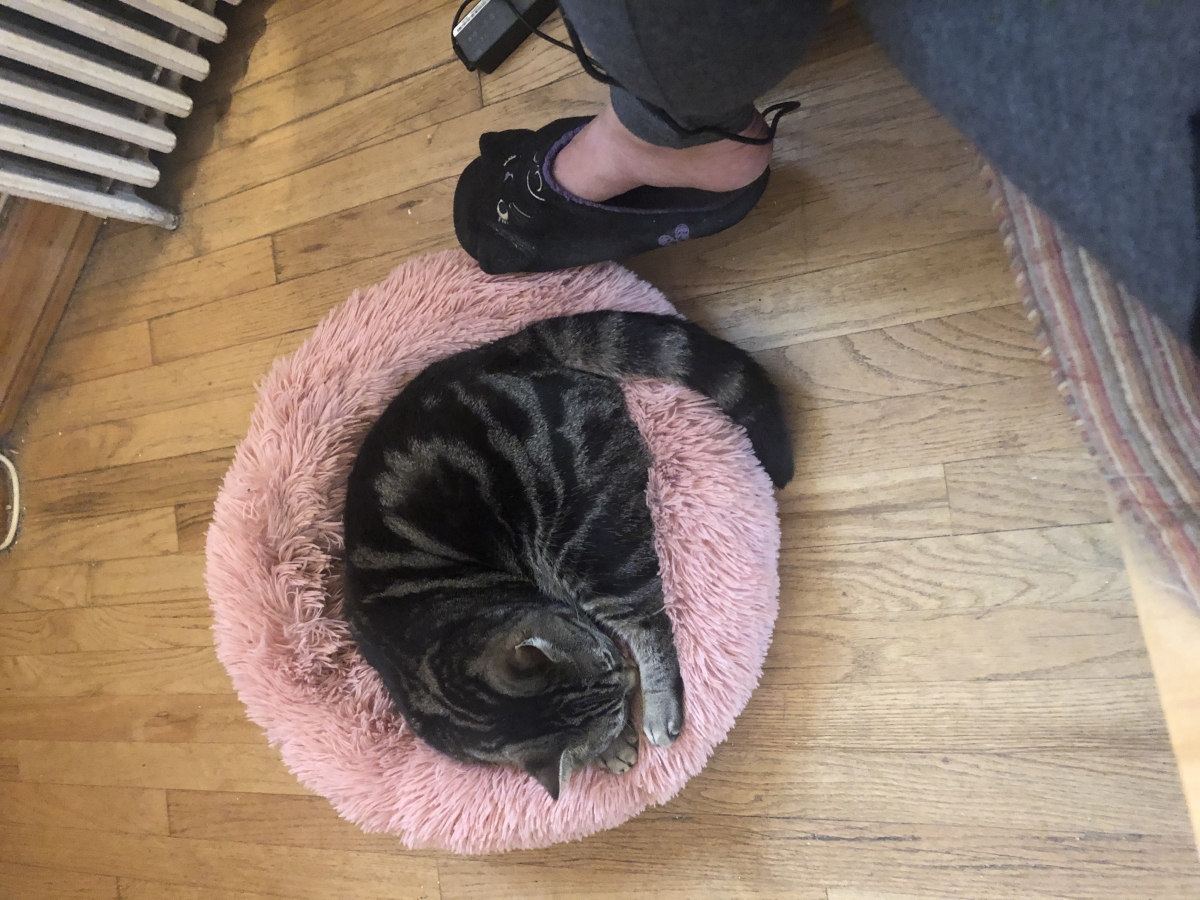“Working on lockdown.” If I had heard that phrase a few months ago, I would have thought it was a new reality show about inmates with jobs in prison. Now, we’re all prisoners to COVID-19, with many states, like my own, New York, mandating a lockdown. That means we’re allowed to go outside for exercise and trips to the grocery store, pharmacy, and doctor, but not for much else. Visits to “non-essential businesses” are out of the question. I immediately pondered if a trip to the hair salon to cover my gray roots, and a daily trip to the local coffee shop to pick up an ice cappuccino, would be considered essential.
Lockdown means that most businesses will have a completely virtual workforce for at least the next few weeks. How do you ensure productivity during this crisis?
My assumption was working from home would make me more productive because I wouldn’t have the distractions of office life to contend with. After the first full week of housebound work, I’m not sure that’s true. I find it far more exhausting. I’m fielding many more phone calls and requests for virtual meetings than I did when working in the office. With no physical presence, I find co-workers reaching out more for confirmation and consultation. How does the psychology of communication change when you can’t see any of your co-workers? Do you reach out to them more than you would if you could see them working as you walked past their desk? Psychologically, maybe you need to know they are also doing work. That could especially be true of managers.
I found this article from Psychology Today on managing the change in mindset required by the mandate to work from home. A primary tip from author Bernardo Tirado, PMP, is to maintain a routine. I personally have found that advice to be good. I have forced myself to get out of bed at the same time every day, and then to brush my teeth, get dressed (albeit in leisurewear), and to make my bed. I then take a walk to get fresh air and pick up the aforementioned ice cappuccino. I found this unambitious morning routine to have just enough regularity to put me in a mindset to work. The first day at home I struggled with the feeling that, because I was at home, a weekend schedule was in effect. In addition to my morning routine, I have started to take a walk at lunch to pick up the same salad from the gourmet deli I visit when working in my office. Living in New York City, which has become the part of the country with the greatest number of COVID-19 cases, has the one bright spot of offering many opportunities for long walks and businesses operating takeaway service. In some cases, like the deli I have been visiting daily, you place your order at an open window, never needing to go inside. This arrangement amounts to the walking version of a drive-thru—a walk-thru, you could call it.
With the lockdown that has just taken effect, the purchase of items from the coffee shop and deli might change, but one thing that won’t change is my venturing outside at least two times a day for a walk. Indoor lockdowns can produce psychological, as well as physical, inertia. If your employees are physically able, encourage them to get out and stretch their legs at least a couple times a day while observing the recommended social distancing and washing their hands when they get back inside.
Pets, such a joy to so many of us, can become a challenge when working from home. Years ago, while conducting an interview for an article over the phone from home, the person I was interviewing finally asked me if that was a “little one” he heard. I had to admit it was, indeed, a little one, but one with fur—my late Bengal housecat, Miss Minnie, who had perched herself on top of my closet and was howling to express her dissatisfaction with not being the center of attention. My current cat, Jackie Cat, was so determined to walk across my computer keyboard a couple days ago, that I had to shut my laptop and let her sit on top of the closed computer for a couple minutes. I moved her pink fluffy cat bed-throne next to my desk, and sprinkled catnip in it, as a hint about where she would be most comfortable. This strategy has been only moderately successful. I found this article from Inc. on working from home with a pet.

What other guidance can you provide your employees to make this enforced time at home as productive and painless as possible?

